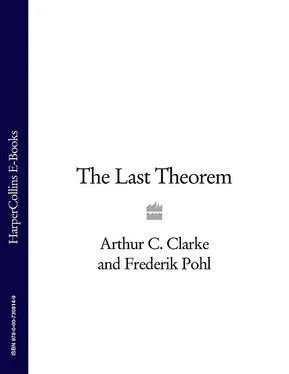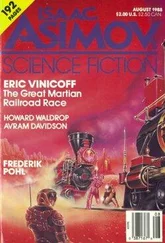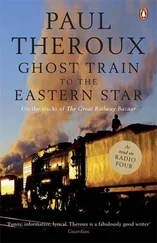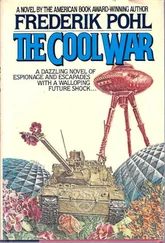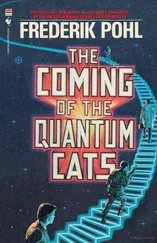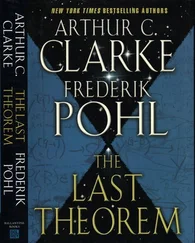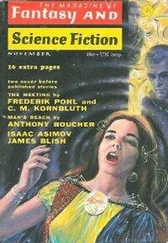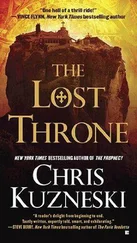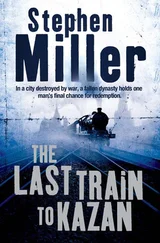Arthur C. Clarke & Frederik Pohl

The First Preamble The Second Preamble The Third Preamble: The Last Theorem Chapter One: On Swami Rock Chapter Two: University Chapter Three: An Adventure In Code-Cracking Chapter Four: Forty Days Of Data Downpour Chapter Five: From Mercury To The Oort Chapter Six: Meanwhile, Back On Earth Chapter Seven: Getting There Chapter Eight: Summer Chapter Nine: Lazy Days Chapter Ten: A New Life For The Kanakaratnams Chapter Eleven: Pirate Life Chapter Twelve: Judgment Chapter Thirteen: A Convenient Place For Questioning Chapter Fourteen: Rendition To The Highest Bidder Chapter Fifteen: Introduction To One (Or More) Grand Galactics Chapter Sixteen: Homegoing Chapter Seventeen: Heaven Chapter Eighteen: Company Chapter Nineteen: Fame Chapter Twenty: Marriage Chapter Twenty One: Honeymoon, Part Two Chapter Twenty Two: The New World Chapter Twenty Three: Farmer “Bill” Chapter Twenty Four: California Chapter Twenty Five: Silent Thunder Chapter Twenty Six: On The Threshold Of Peace Chapter Twenty Seven: Pax Per Fidem Chapter Twenty Eight: Making A Life Chapter Twenty Nine: Burgeoning Hopes Chapter Thirty: Big News Chapter Thirty One: Skyhook Days Chapter Thirty Two: Natasha’s Gold Chapter Thirty Three: Private Pain In A Rejoicing World Chapter Thirty Four: Pentominoes And Cars Chapter Thirty Five: The Uses Of Vaccination Chapter Thirty Six: Preparing For The Race Chapter Thirty Seven: The Race Chapter Thirty Eight: The Hunt For Natasha Subramanian Chapter Thirty Nine: The Interrogations Chapter Forty: The Portrait Gallery Chapter Forty One: Home Again Chapter Forty Two: A Great Depression Chapter Forty Three: Landed Immigrants Chapter Forty Four: International Disagreements Chapter Forty Five: Searching For A Solution Chapter Forty Six: Deal-Making Chapter Forty Seven: Parting Chapter Forty Eight: The Soul In The Machine The First Postamble The Second Postamble The Third Postamble The Fourth Postamble By Arthur C. Clarke By Frederik Pohl Copyright About the Publisher

THE FIRST PREAMBLE
Arthur C. Clarke says:
The incidents at Pearl Harbor lay in the future and the United States was still at peace when a British warship steamed into Nantucket with what was later called “the most valuable cargo ever to reach American shores.” It was not very impressive, a metal cylinder about an inch high, fitted with connections and cooling fins. It could easily be carried in one hand. Yet this small object had a strong claim to being responsible for winning the war in Europe and Asia—though it did take the atom bomb to finish the last of the Axis powers off.
That just-invented object was the cavity magnetron.
The magnetron was not in principle a new idea. For some time it had been known that a powerful magnetic field could keep electrons racing in tight circles, thus generating radio waves. However, this fact remained little more than a laboratory curiosity until it was realized that those radio waves could be used for a military purpose.
When it had such a military use, it was called radar.
When the American scientists working at the Massachusetts Institute of Technology received that first device, they subjected it to many tests. They were surprised to find that the magnetron’s power output was so great that none of their laboratory instruments could measure it. A little later, powering the giant antennae that had quickly been erected along the Channel coast, that British radar did a fine job of spotting the Luftwaffe’s myriad warplanes as they formed up to attack England. Indeed, radar was responsible, more than any other one thing, for allowing the Royal Air Force to win the Battle of Britain.
It was soon realized that radar could be used not only to detect enemy aircraft in the sky, but to make electronic maps of the ground over which a plane was flying. That meant that, even in total darkness or complete overcast, the land below could be imaged in recognizable shape on a cathode-ray tube, thus helping navigation—and bombing missions. And as soon as the magnetron was available at MIT, a team headed by future Nobel Laureate Luis Alvarez asked the next question: “Can’t we use radar to land aircraft safely, as well as to shoot them down?”
So began GCA, or ground-controlled approach, the landing of aircraft in bad weather using precision approach radar.
The experimental Mark 1 GCA used two separate radars, one working at ten centimeters to locate the plane’s direction in azimuth, and the other—the world’s first three-centimeter radar—to measure height above ground. An operator seated before the two screens could then talk the aircraft down, telling the pilot when to fly right or left—or sometimes, more urgently, when to increase altitude—fast.
GCA was welcomed enthusiastically by the RAF Bomber Command, which every day was losing more aircraft over Europe through bad weather than through enemy action. In 1943 the Mark 1 and its crew were stationed at an airfield in St. Eval, Cornwall. An RAF crew headed by Flight Lieutenant Lavington was dispatched to join them. Lavington was assisted by the newly commissioned Pilot Officer Arthur C. Clarke.
Actually, Clarke should not have been in the Royal Air Force at all. As a civilian he had been a civil servant in H.M. Exchequer and Audit Department and hence had been in a reserved occupation. However, he had rightly suspected that he would soon be unreserved, so one day he sneaked away from the office and volunteered at the nearest RAF recruiting station. He was just in time. A few weeks later the army started looking for him—as an army deserter who was wanted by the medical corps! As he was unable to bear the sight of blood, particularly his own, he obviously had a very narrow escape.
By that time Arthur Clarke was already a keen space-cadet, having joined the British Interplanetary Society soon after it was formed in 1933. Now, realizing that he had at his command the world’s most powerful radar, producing beams only a fraction of a degree wide, one night he aimed it at the rising moon and counted for three seconds to see if there would be a returning echo.
Sadly, there wasn’t. It was years later before anyone did actually receive radar echoes from the moon.
However, although no one could have known it at the time, something else might have happened.

THE SECOND PREAMBLE
Frederik Pohl says:
There are two things in my life that I think have a bearing on the subject matter of this book, so perhaps this would be a good time to set them down.
The first: By the time I was in my early thirties, I had been exposed to a fair amount of mathematics—algebra, geometry, trigonometry, a little elementary calculus—either at Brooklyn Tech, where for a brief period in my youth I had the mistaken notion that I might become a chemical engineer, or, during World War II, in the U.S. Air Force Weather School at Chanute Field in Illinois, where the instructors tried to teach me something about the mathematical bases of meteorology.
None of those kinds of math made a great impression on me. What changed that, radically and permanently, was an article in Scientific American in the early 1950s that spoke of a sort of mathematics I had never before heard of. It was called “number theory.” It had to do with describing and cataloging the properties of that basic unit of all mathematics, the number, and it tickled my imagination.
Читать дальше
